As the Allies closed in on Nazi-occupied France, the charming coastal city of Saint-Malo found itself caught in the crosshairs of war. The once-thriving streets, lined with medieval walls and cobblestone roads, were soon reduced to rubble and ash. But amidst the devastation, a tale of resilience and freedom took shape. The city’s residents, who had endured years of German occupation, began to rebuild and reclaim their city. What drove them to persevere in the face of such destruction? And how did the American liberation effort shape the course of Saint-Malo’s future?
Key Points
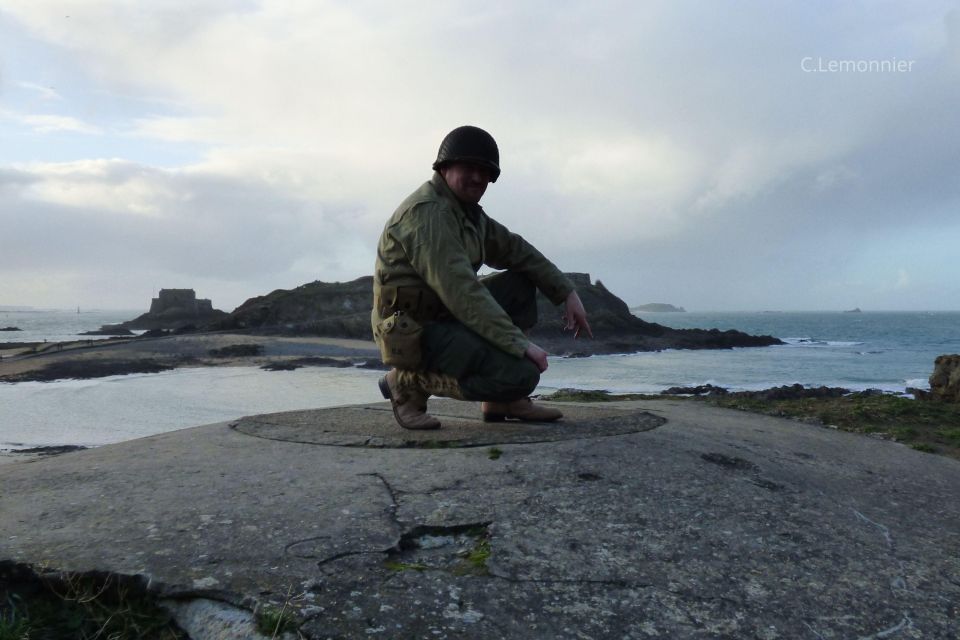
• In 1944, Saint-Malo was heavily bombed by the Allies, reducing the city to ashes and rubble, but ultimately leading to its liberation from German occupation.
• The American forces’ fierce assault on August 14, 1944, marked the beginning of the end of German control over the city.
• Residents of Saint-Malo suffered greatly during the war, facing severe food shortages, curfews, and the constant threat of arrest and execution.
• The city’s historic buildings and infrastructure were heavily damaged during the war, requiring extensive reconstruction efforts in the following years.
• Despite the devastation, the liberation of Saint-Malo marked a new beginning for the city, as it slowly rebuilt and regained its former glory.
Unveiling Saint-Malo’s War Story
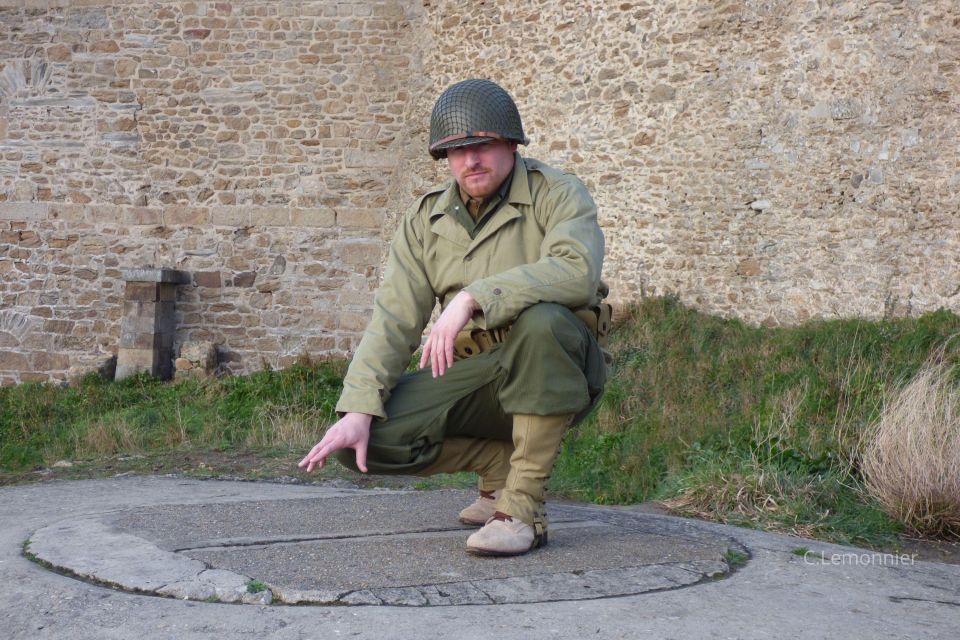
As the city’s occupation and resilience during WWII come alive through the immersive tour, visitors are transported back in time to uncover the untold stories of Saint-Malo’s war-torn past.
They’re introduced to the city’s pre-war era, learning about its rich history and cultural significance.
The tour then delves into the consequences of the occupation, revealing the struggles and sacrifices made by the city’s residents.
With the guidance of a costumed historical guide, visitors embark on a poignant journey, exploring the city’s resilience and determination to rebuild.
Through this tour, Saint-Malo’s war story is unveiled, giving visitors a deeper understanding of the city’s history and a newfound appreciation for its strength.
You can also read our reviews of more tours and experiences in Saint Malo.
The City Under German Occupation
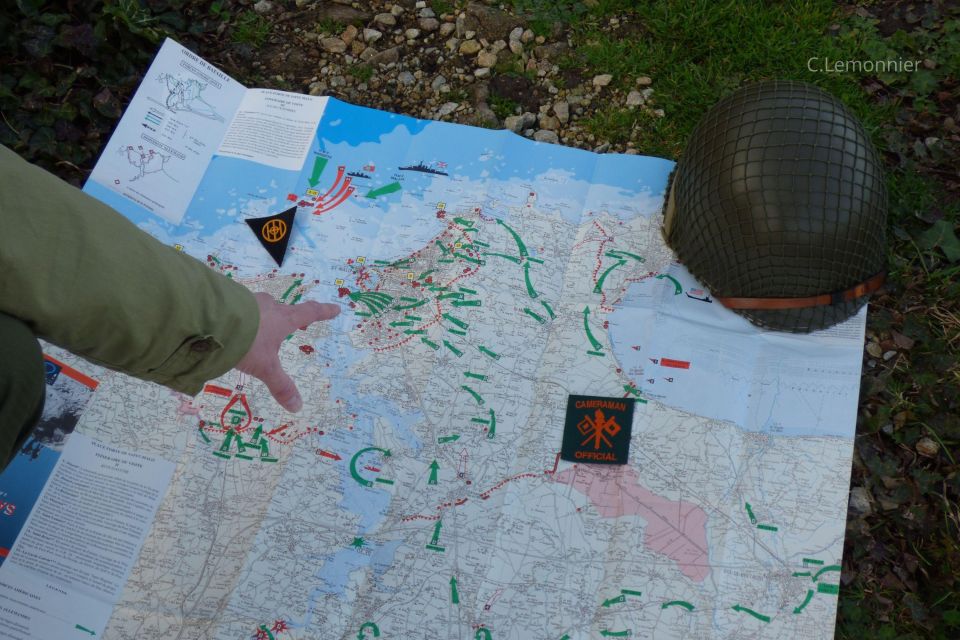
In June 1940, German troops marched into Saint-Malo, casting a dark shadow over the city as they claimed it as their own. The once-thriving port city was now under the iron grip of the Nazi regime.
Residents lived in fear of arrest, deportation, and executions. The city’s infrastructure was exploited for the German war effort, and its historic buildings were scarred by the presence of enemy troops.
Curfew and surveillance: Citizens were forced to adhere to strict curfews and were constantly monitored by German soldiers.
Food shortages and rationing: The city suffered from severe food shortages, and what little food was available was strictly rationed.
Deportations and executions: Thousands of Saint-Malo residents were deported to concentration camps or executed for resisting the occupation.
Destruction of cultural heritage: The city’s rich cultural heritage was systematically destroyed or plundered by the German occupiers.
A Glimpse of Pre-War Saint-Malo
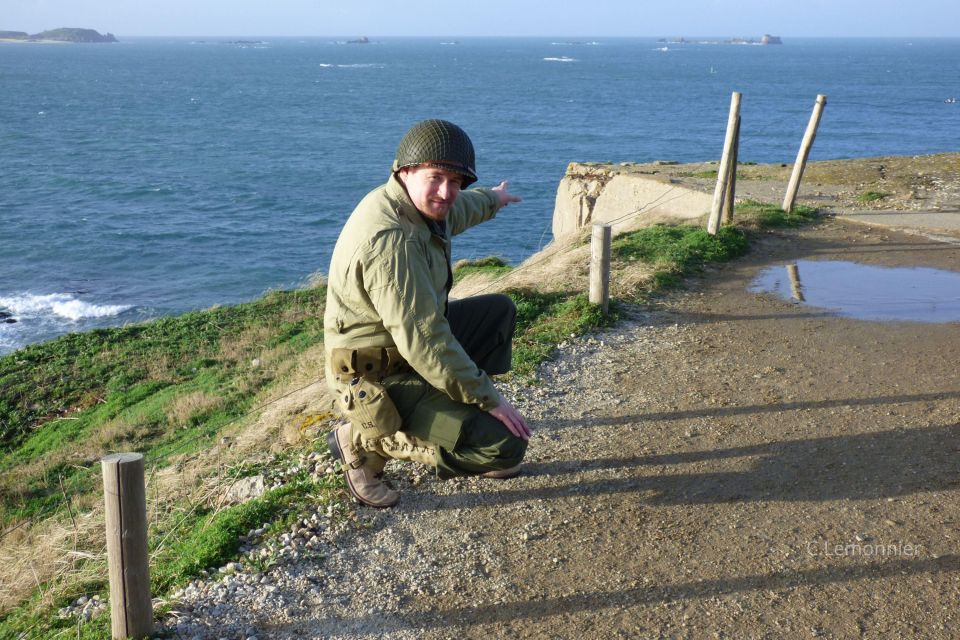
Before the war, Saint-Malo’s picturesque old town bustled with merchants, sailors, and travelers, its cobblestone streets lined with quaint boutiques, cafes, and historic buildings.
The city’s rich maritime history and stunning architecture drew visitors from all over the world.
Locals and travelers alike would stroll along the ancient walls, taking in the breathtaking views of the sea.
The air was filled with the smell of freshly baked bread, coffee, and the sound of laughter.
It was a time of peace and prosperity, where people lived life to the fullest.
Saint-Malo was a city that embodied the spirit of liberty and freedom, a spirit that would soon be tested by the harsh realities of war.
The American Liberation Effort
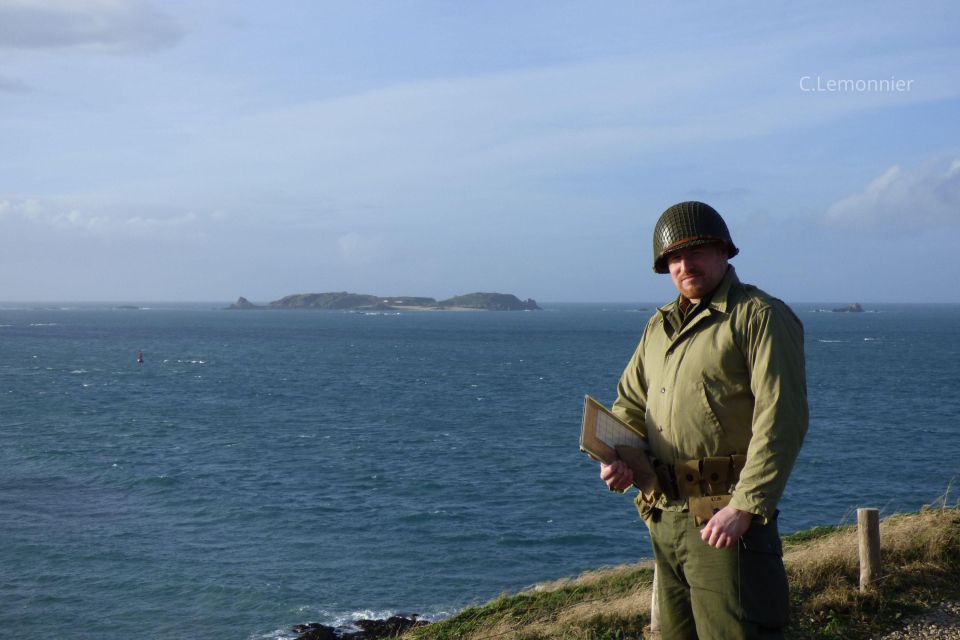
Saint-Malo’s idyllic existence was shattered on August 14, 1944, when American forces, determined to liberate the city from German occupation, launched a fierce assault on the fortified walls.
The Americans, led by General Omar Bradley, had been making their way through Brittany, and Saint-Malo was their next target. The city was heavily fortified, but the Americans were well-equipped and determined to free the city from German control.
Air support: The Americans launched a series of bombing raids on the city, weakening the German defenses.
Ground troops: The 83rd Infantry Division led the ground assault, fighting their way through the city’s narrow streets.
Naval support: The US Navy provided crucial support, bombarding the city’s coastal defenses.
Casualties: The battle was fierce, with both sides suffering heavy casualties, but the Americans ultimately emerged victorious.
Life in Saint-Malo During WWII
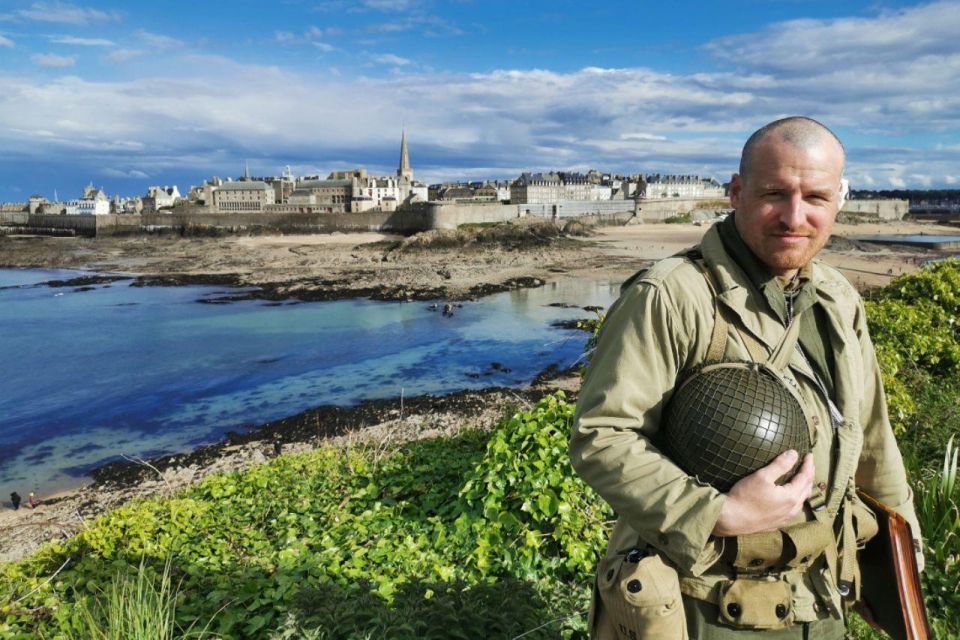
As German troops occupied the city, residents of Saint-Malo found themselves struggling to survive amidst severe food shortages, curfews, and the constant threat of arrest.
Daily life became a daunting challenge, with people forced to rely on black markets for basic necessities.
The sound of boots on the cobblestone streets, the rattle of machine guns, and the screams of those being dragged away became an eerie norm.
Citizens lived in constant fear, never knowing when they’d be accused of collaborating with the enemy or caught in the crossfire.
Amidst the chaos, acts of resistance and defiance emerged, as Saint-Malo’s residents refused to surrender to their oppressors.
The Road to Liberation Begins
Allied forces, driven by the need to liberate Western Europe, began to close in on the German-occupied city, setting the stage for a fierce battle that would ultimately decide Saint-Malo’s fate.
As the Allies advanced, the city’s residents prepared for the worst, knowing that their liberation would come at a great cost. The Germans, determined to hold their ground, fortified their defenses, digging in for a long and brutal fight.
Strategic Location: Saint-Malo’s port was crucial for the German war effort, making it a prime target for the Allies.
German Fortifications: The city’s defenses were heavily fortified, with bunkers, trenches, and artillery emplacements.
Allied Airpower: The Allies had superiority in the air, with bombers and fighter planes ready to strike at a moment’s notice.
Civilians in Harm’s Way: The city’s residents were caught in the middle, facing the very real threat of injury or death.
Saint-Malo Rises From the Ashes
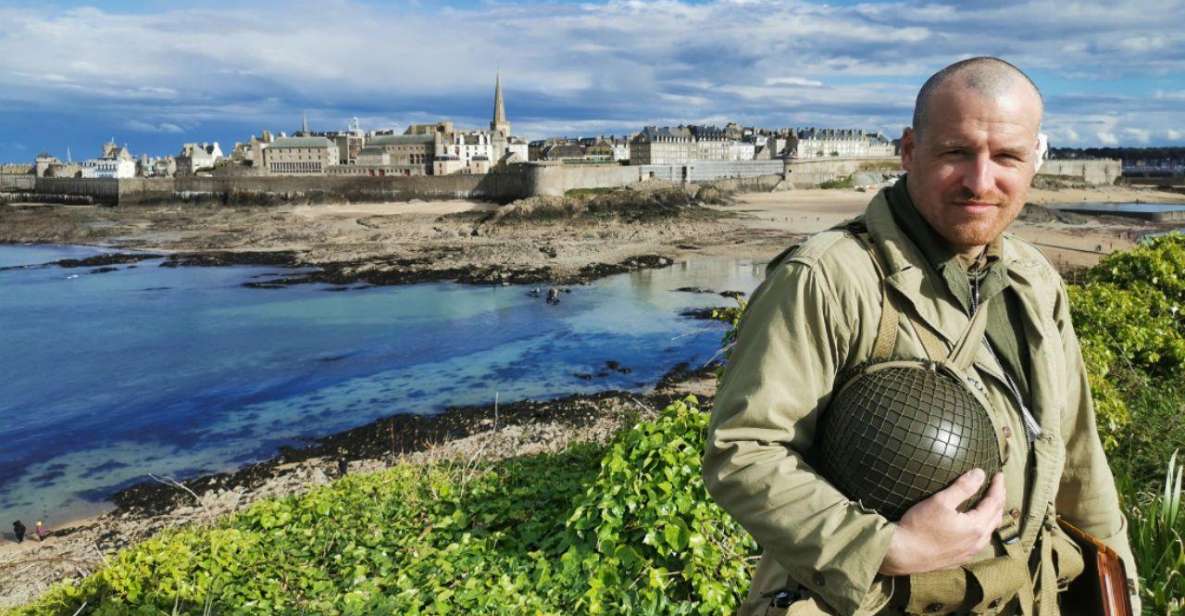
By August 1944, the city lay in ruins, its once-quaint streets now reduced to rubble and ash. The people of Saint-Malo were left to pick up the pieces and start anew. The task was daunting, but they were determined to rebuild their beloved city.
| Year | Project | Description |
|---|---|---|
| 1945 | Debris Removal | Clearing the streets of rubble and ash |
| 1946 | Infrastructure Repair | Rebuilding roads, bridges, and utilities |
| 1947 | Housing Reconstruction | Building new homes for displaced citizens |
| 1948 | Historic Landmark Restoration | Restoring iconic landmarks like the Cathedral of St. Malo |
As the city began to rise from the ashes, the people of Saint-Malo held onto hope that their city would once again thrive.
Freedom and Rebirth in 1944
Saint-Malo’s liberation was finally within reach in 1944, as American forces closed in on the city, bringing with them the promise of freedom and rebirth. After years of occupation, the people of Saint-Malo were eager to regain control of their city and rebuild their lives. As the Allies advanced, the city’s residents prepared for a new era of peace and prosperity.
Reconstruction efforts: The city’s infrastructure was severely damaged, and rebuilding was a top priority.
Return of democracy: The French government was re-established, and democratic institutions were restored.
Economic revival: Businesses reopened, and trade resumed, bringing new life to the city’s economy.
Renewal of cultural heritage: The city’s rich cultural heritage was rediscovered, and historic landmarks were restored to their former glory.
Common questions

Is the Tour Wheelchair Accessible?
She checks the tour details and finds that it’s not suitable for people with mobility impairments, so unfortunately, the tour is not wheelchair accessible.
Can I Cancel My Booking at the Last Minute?
She can’t cancel her booking at the last minute without penalty; the cancellation policy states free cancellation is only available up to 24 hours in advance for a full refund.
Are There Any Discounts Available for Students?
She checks the tour details, but doesn’t find any student discounts listed. Typically, student discounts are offered for certain tours, but it’s best to contact the tour operator directly to inquire about potential deals or promotions.
Can I Bring My Pet With Me on the Tour?
She wonders if she can bring her furry friend along, but unfortunately, pets aren’t allowed on this tour. The guide needs to focus on sharing historical insights, not pet-sitting.
Are There Any Rest Breaks During the 105-Minute Tour?
She wonders if there are rest breaks during the 105-minute tour. Unfortunately, the tour doesn’t include scheduled breaks, but the pace is moderate, allowing for brief pauses to take in the surroundings.
Final Words
As the last remnants of war dissipated, Saint-Malo’s phoenix-like rebirth began.
Amidst the rubble, residents’ resilience shone, paving the way for a new era of freedom and reconstruction.
The city’s war story, once shrouded in darkness, was finally unveiled, a testament to the power of human spirit.
As Saint-Malo rose from the ashes, it emerged stronger, its people forever changed by the trials of war, yet united in their pursuit of liberty and rebirth.
More Tour Reviews in Saint Malo
- Saint-Malo: Boat Trip With Guide and Local Tasting
- Saint Malo: Self-Guided Walk Through the Historic Old Town
- The Fate of Saint-Malos Last Corsairs in the 18th Century
- Saint-Malo: Discover Sea Trip Around the Bay
- Saint-Malo: 2-Hour Private Walking Tour & Commentary
- Saint-Malo: Cruise in the Emerald Coast During a Day
